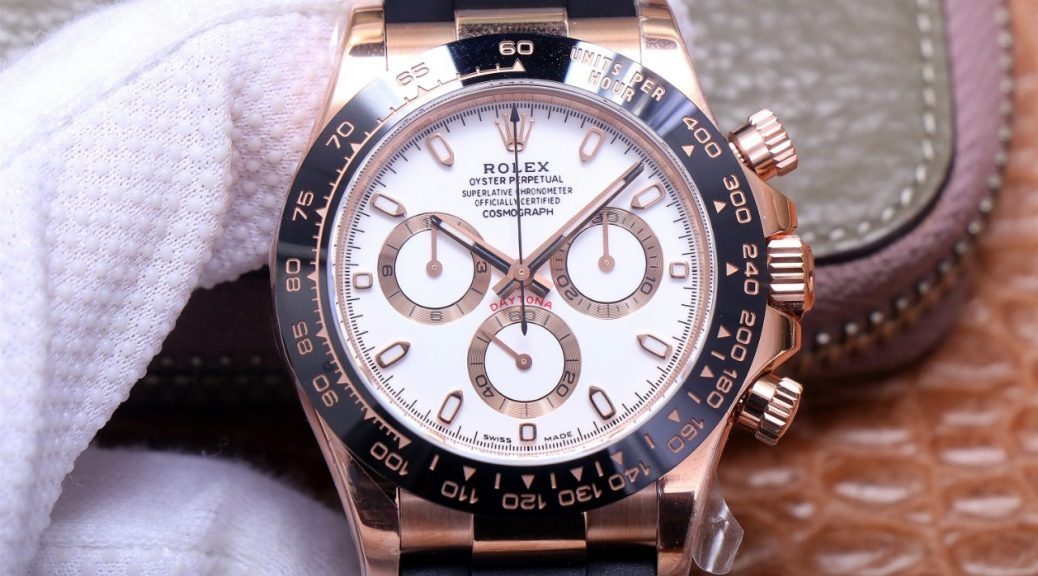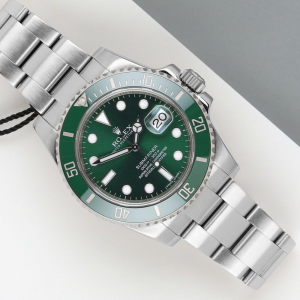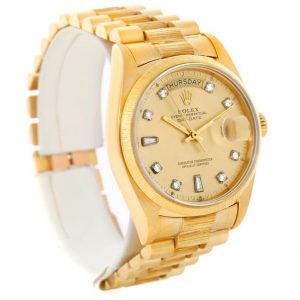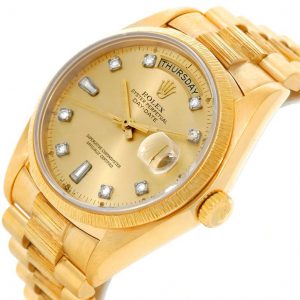
The Truth Behind Jay-Z’s Modified Rolex Perpetual Calendar
When Jay-Z’s modified Rolex Perpetual Calendar made its debut on social media, it immediately captivated watch enthusiasts worldwide. The imagery suggested a singularly unique creation – something almost mythical in the world of luxury watches. It was rumored to be a one-off Rolex, converted into a perpetual calendar by none other than the renowned independent watchmaker Franck Muller. This story, however, is far more intricate than it first appeared.
The Origins of Franck Muller’s Rolex Perpetual Calendar
The tale of Franck Muller’s transformation of a Rolex into a perpetual calendar has been legendary for years. It dates back to when Muller was a promising student at the prestigious L’Ecole d’Horlogerie de Genève. As part of his final project, Muller was said to have re-engineered a simple Rolex to include a perpetual calendar – using fewer than 50 parts. The ingenuity of the modification left even Rolex intrigued. It’s reported that the brand met with Muller to discuss his creation, though they ultimately decided not to pursue the complication themselves. Regardless, this interaction cemented Muller’s status as a pioneer in watchmaking.
Not the Original Creation
Jay-Z’s watch, however, is not the original Rolex that Franck Muller modified. While initial reports speculated that it was the very same watch, the truth was revealed during a discussion with Muller himself. Jay-Z’s watch is, in fact, a Rolex Datejust or Day-Date, retrofitted with a perpetual calendar using a Dubois-Depraz module – something Muller had introduced to the world years earlier.
In an enlightening conversation, Muller explained how he had first used the Dubois-Depraz module to create a perpetual calendar for an Italian dealer. Later, he demonstrated the process to his colleague, Antoine Preziuso, who subsequently created several similar pieces. The beauty of this modification lies in the thinness of the Dubois-Depraz module, which allowed it to fit seamlessly within the existing Rolex case. This module, developed in 1978, had originally been used in the creation of the world’s thinnest automatic perpetual calendar movement for Audemars Piguet – a detail that makes its use in a Rolex case all the more impressive.
For Muller, the challenge was clear: modify the fake Rolex without altering its case too drastically. Watchmakers are often hesitant to change the design too much, as it impacts the integrity and resale value of the watch. By using a module that was both compact and compatible with the Rolex, Muller ensured the conversion would be both practical and elegant.
The Retrograde Perpetual Calendar
The journey of Franck Muller’s original Rolex perpetual calendar takes an interesting turn. After completing the modification, Muller sold the watch to a Swiss collector. This watch would eventually end up at a Monaco auction, where it was purchased by a Japanese collector. For years, it remained in the collector’s possession before being listed for sale on Chrono24 for approximately $100,000.
This, however, is where the story gets even more fascinating. The collector eventually decided to display the watch in a vintage watch shop and museum in Tokyo – Quark Tokyo. Now, collectors and enthusiasts can schedule an appointment to view this unique, modified Rolex in person. It’s an intriguing piece of watchmaking history, preserved for public admiration.
A Modified Preziuso Piece
Returning to Jay-Z’s watch, it’s important to clarify that while it does indeed feature the same perpetual calendar modification, it is not the work of Franck Muller himself. Based on the images and details shared with him, Muller has confirmed that Jay-Z’s Rolex is one of the watches that Antoine Preziuso made, not a one-off by Muller. While some dealers have attempted to market the piece as the “one-of-a-kind” watch modified by Muller, Muller himself has refuted this claim.
While it’s true that Preziuso’s replica watches could be considered “unique” due to their subtle differences in configuration, the reality is that they were not entirely bespoke creations. The base modules were all the same, and their uniqueness was more a matter of slight individualization than true innovation.
Is It Really One of a Kind?
So, is Jay-Z’s Rolex truly a “one-of-one” creation? Technically, the answer is no. While the module used for the conversion was certainly rare and innovative, several versions of this watch were made. As such, calling it a “one-of-one” is more a marketing tool than an accurate description. Watch dealers may embellish the facts for their own gain, but to the discerning eye, the value lies not in rarity, but in the craftsmanship and legacy behind the modification. 
If I were Jay-Z, would I be disappointed? That depends entirely on whether I had been fully informed of the origins of the watch. If I were told it was a one-off piece created by Muller himself, I would feel misled. But if I knew that the watch was part of a limited run, overseen by Muller but executed by a respected colleague, I would likely be content with the acquisition. After all, Antoine Preziuso is a renowned watchmaker in his own right, and the watch is still a marvel of horological craftsmanship.
The Misinformation in Watch Media
Ultimately, the purpose of this story is to shine a light on the murky world of high-end vintage watches, where misinformation often runs rampant. The watch industry is rife with misunderstandings, deliberate exaggerations, and outright falsehoods. In an era where social media allows information to spread unchecked, it’s easy for myths to become accepted as fact. This phenomenon isn’t limited to Rolex or Franck Muller – other brands, such as Richard Mille, also fall victim to similar misconceptions, as seen in the absurd rumors about the pricing of the RM001. These misstatements can mislead buyers and detract from the true beauty of horological artistry. 
As enthusiasts and collectors, it is crucial to approach the world of luxury watches with a discerning eye, always questioning the authenticity of what we hear and see. The true value of a watch lies not in its rarity or its celebrity association, but in its craftsmanship, heritage, and the story it tells.